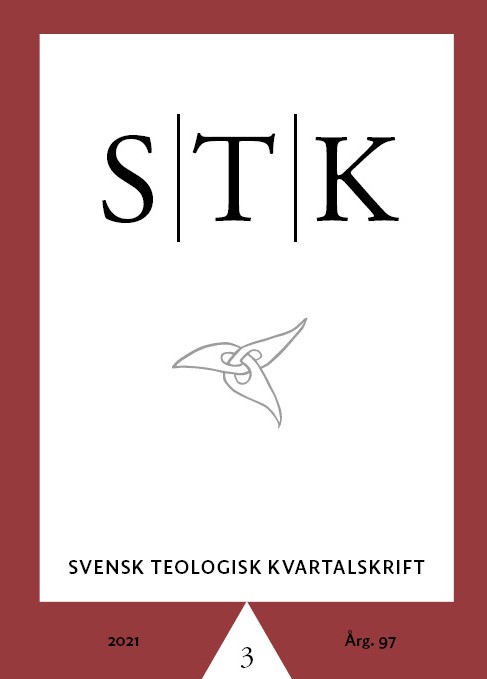Den mångtydiga ortodoxin
En kritisk granskning av den moderna forskningens perspektiv på tidigkristen heresiologi
DOI:
https://doi.org/10.51619/stk.v97i3.23457Abstract
The history of Christianity is marked by frequent debates over doctrinal truth. From an early stage, Christian authors began to use the terms "orthodoxy" and "heresy" to deal with diversity of faith. While the orthodox faith was seen as the one that had been preserved from the time of the apostles, heresies were seen as later innovations. This idea was expressed in the Ecclesiastical History by Eusebius of Caesarea in the fourth century, and became influential in later Christian history writing. Up until the twentieth century, orthodoxy and heresy were concepts typically associated with doctrinal content. However, with Walter Bauer's immensely influential work Rechtgläubligkeit und Ketzerei im Frühesten Christentum (1934), a socio-historical understanding of orthodoxy and heresy came to be adopted. According to this view, the concepts corresponded to social realities. With the influence from poststructuralist thought from the 1980s onwards, further developments took place in this scholarly area, with a new understanding of the concepts as rhetorical representations. This article argues that even in modern research, orthodoxy and heresy are typically associated with value judgment, and that ancient Christian categorizations of "orthodox" and "heretic", and of the heretics themselves, have continued to determine the way in which we read the sources today. Giving an example of heresiology produced by Jerome of Stridon during the Origenist controversy, it is suggested that in order to avoid essentializing the rhetorical constructions of the heresiologists, a greater attention to their strategies as well as to their context is needed.
Downloads
Publicerad
Nummer
Sektion
Licens
Copyright (c) 2021 Katarina Pålsson

Detta verk är licensierat under en Creative Commons Erkännande-Ickekommersiell-IngaBearbetningar 4.0 Internationell-licens.


